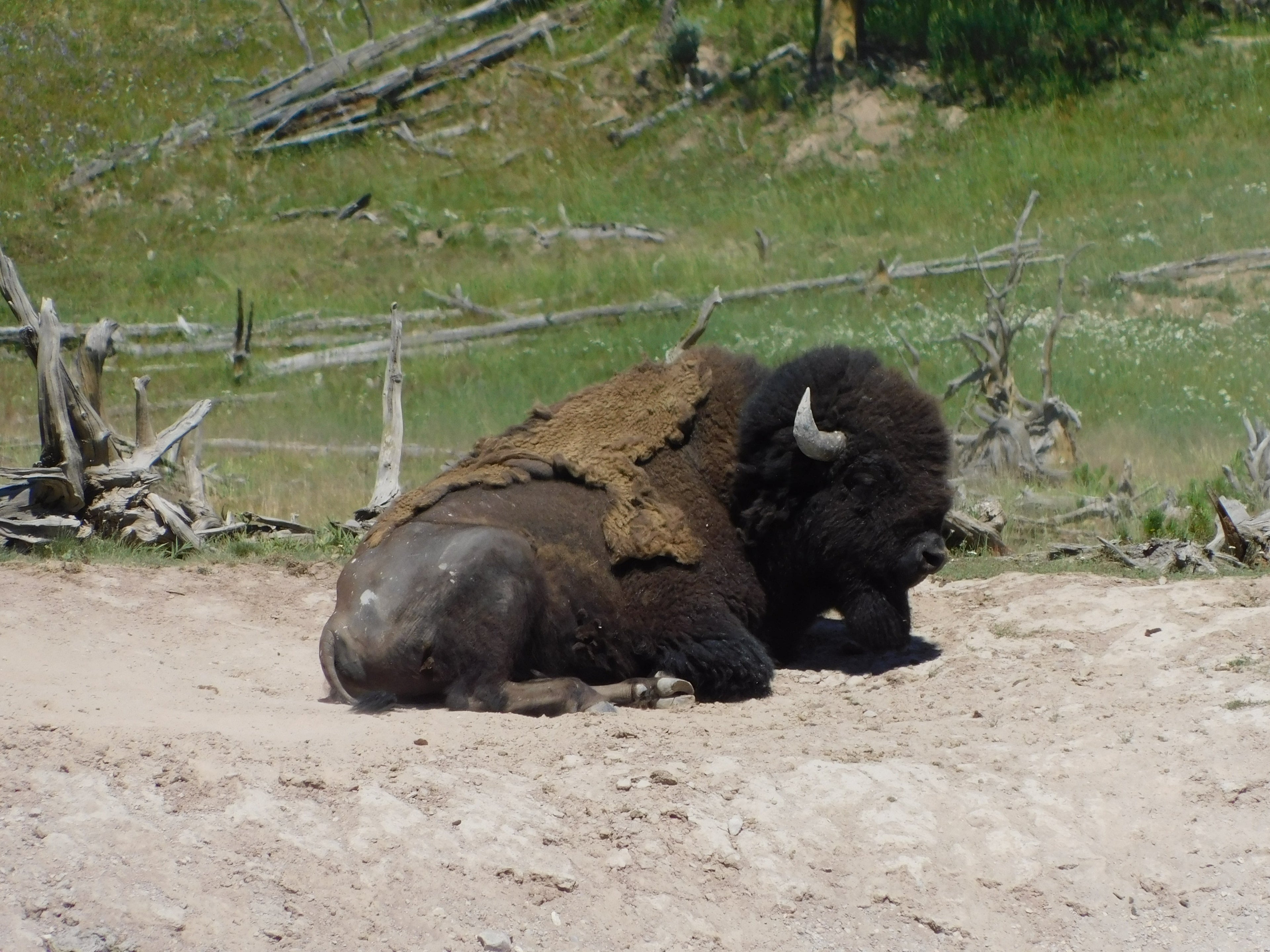
The Iconic Bison of Yellowstone National Park: America’s Living Legend
The Iconic Bison of Yellowstone National Park: America’s Living Legend
When you think of Yellowstone National Park, chances are one of the first images that comes to mind is the majestic bison grazing across wide, open landscapes. As the largest land mammal in North America, the American bison is more than just a symbol of the American West—it’s a living connection to the continent’s wild past.
A Species Rooted in History
Yellowstone is home to the largest population of free-roaming bison in the United States. Unlike many other herds, the Yellowstone bison have continuously lived in this region since prehistoric times, making them one of the few genetically pure and wild herds remaining.
These animals once roamed North America in the tens of millions, but by the late 1800s, they were nearly driven to extinction due to overhunting and habitat loss. Thanks to early conservation efforts—many of which started in Yellowstone—the population was brought back from the brink. Today, more than 5,000 bison roam the park’s valleys, plains, and forests.
Where to Spot Them
Bison can be seen year-round in Yellowstone, though they’re most active and visible in the spring and summer. Some of the best places to spot them include:
-
Lamar Valley – Often called “America’s Serengeti,” this area offers some of the best wildlife viewing in the park.
-
Hayden Valley – Another prime location, especially during the early morning or evening hours.
-
Geyser Basins – It’s not uncommon to see bison wandering near the steaming geothermal areas, especially in the winter when the warmth attracts them.
Behavior and Safety
While they may appear calm and slow-moving, bison are incredibly powerful and unpredictable. They can run up to 35 miles per hour and weigh as much as 2,000 pounds. Visitors are strongly advised to stay at least 25 yards away at all times. Each year, injuries occur because people underestimate the animal’s strength or try to get too close for a photo.
Bison are especially active during rutting season in July and August, when males battle for dominance. Springtime is also a special season, as you may spot red dog calves—named for their orange-colored fur—sticking close to their mothers.
Bison and the Ecosystem
Beyond their striking appearance and cultural symbolism, bison play a crucial role in the Yellowstone ecosystem. Their grazing patterns help maintain healthy grasslands, and their presence supports other species by shaping the landscape. Even their wallowing behavior—where they roll on the ground to scratch themselves—creates depressions that can collect rainwater and become temporary habitats for insects and birds.
A Symbol of Resilience
In 2016, the bison was officially declared the national mammal of the United States, recognizing its deep historical, ecological, and cultural significance. For many Native American tribes, the bison is a sacred animal, symbolizing abundance, strength, and unity with the earth.
A visit to Yellowstone wouldn’t be complete without seeing its most iconic resident. Watching a herd of bison move across the misty valley at sunrise is a reminder of the wild spirit that still thrives in America’s oldest national park. As stewards of the land, it’s our privilege—and responsibility—to protect these magnificent creatures and the habitats they call home.
Planning a trip to Yellowstone?
Be sure to check park guidelines for wildlife safety, road closures, and current bison activity updates at nps.gov/yell.

